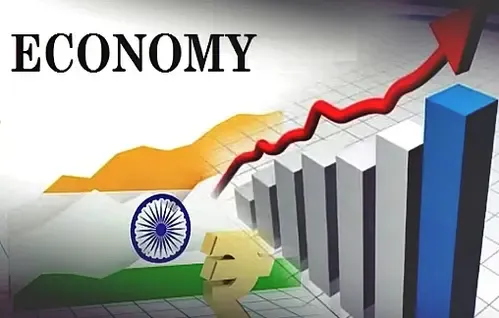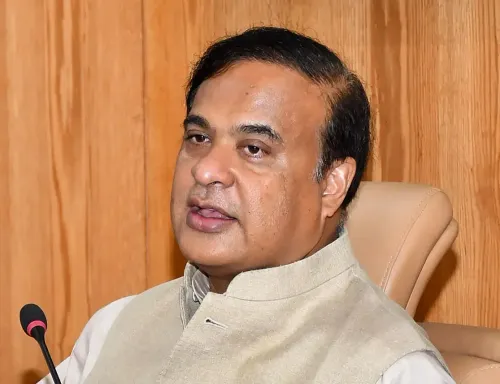What is the World Bank's growth forecast for India?

Synopsis
Key Takeaways
- India's economic growth forecast stands at 6.3% for FY26.
- The country is recognized as the fastest growing economy worldwide.
- Growth is supported by strong services activity and agricultural recovery.
- Global growth is expected to slow due to trade tensions.
- Developing economies need to pursue strategic partnerships to boost growth.
Washington, June 10 (NationPress) The World Bank has maintained its forecast for India's economic growth at 6.3 percent for the fiscal year 2025-26, reinforcing the country's status as the fastest growing economy in the world.
According to the World Bank’s ‘Global Economic Prospects’ report, "In the upcoming two fiscal years, beginning in FY2026/27, growth is projected to rebound to an average of 6.6 percent annually, largely due to robust activity in the services sector which is expected to boost exports."
In India, growth rates have moderated during FY2024/25 (from April 2024 to March 2025), which is partly attributed to a slowdown in industrial output.
“Nonetheless, the construction and services sectors have shown consistent growth, with agricultural output recovering from severe droughts, bolstered by strong rural demand,” the report stated.
Amidst escalating trade tensions and uncertainty in policies, global growth is anticipated to decelerate this year to its slowest rate since 2008, excluding outright global recessions.
This turmoil has led to downward revisions in growth predictions for nearly 70 percent of economies across various regions and income brackets.
The World Bank forecasts that global growth will slow to 2.3 percent in 2025, nearly half a percentage point lower than initial expectations set at the year's commencement.
“While a global recession is not anticipated, if the forecasts for the upcoming two years come to fruition, the average global growth in the early 2020s will be the slowest of any decade since the 1960s,” it added.
According to Indermit Gill, the Chief Economist of the World Bank Group, “Outside of Asia, developing countries are becoming less viable for development.”
“The decline in growth rates in developing economies has been significant over three decades—from 6 percent annually in the 2000s to 5 percent in the 2010s, dropping to less than 4 percent in the 2020s,” he noted.
This mirrors the decline in global trade growth, which has fallen from an average of 5 percent in the 2000s to approximately 4.5 percent in the 2010s and to below 3 percent in the current decade. Although investment growth has also decelerated, debt levels have surged to unprecedented heights.
The report emphasizes that in light of increasing trade barriers, developing nations should aim for broader liberalization by pursuing strategic trade and investment partnerships and diversifying trade routes, particularly through regional agreements.
Given the constraints on government resources and escalating development demands, policymakers are urged to prioritize mobilizing domestic revenue, focusing fiscal spending on vulnerable households, and fortifying fiscal frameworks, according to the report.









